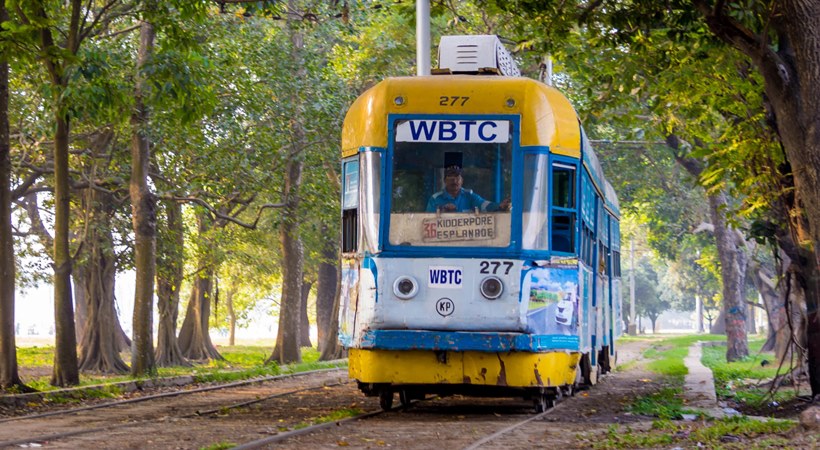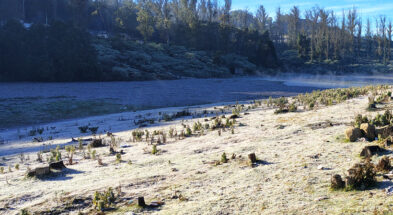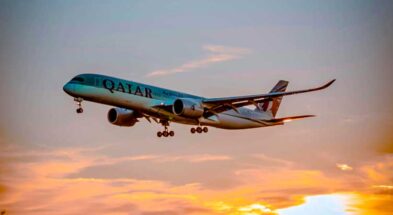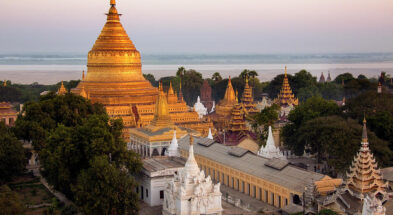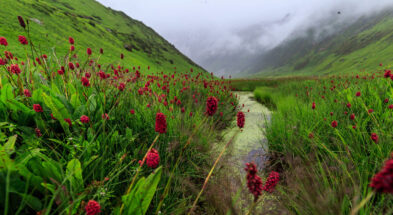The article “Land Rovers of Darjeeling Hills“, published on NRI Vision- written by Kamal NR- took me almost 23 years back in life. So let it not confuse; it’s is not the Land Rover, but the majestic Darjeeling Hills.
It was way back in 1998 September; the train dropped me off at New Jalpaiguri Station before further chugging to Guwahati and beyond. New Jalpaiguri in West Bengal is the nearest broad-gauge railway station for the twin queens, Kalimpong and Darjeeling and the garden of the war god Indra, Sikkim.
My destination was a place named Mal Bazar, about 60 kilometres from the railway station. Ten kilometres from the station took me to the then too bustling township Siliguri, the second largest city of West Bengal. To pause here, the reader will know the Siliguri corridor is also known as the Chicken’s Neck, the gateway to the North East.
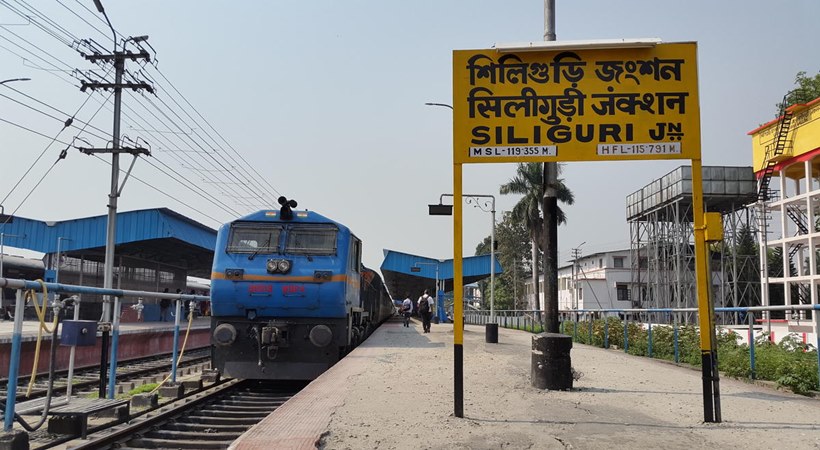
Image Credit: Indian Railway Website
From Siliguri, my cabbie took me to all in awe youngster on Sevoke Road. Ten kilometres ahead, we were cutting through the lush green thick Sevoke forest and truly, I was back home. The bewilderment in me only increased with military caravans seen on the road and many places lined with military camps and barriers, something a Malayalee guy is not accustomed to.
The scenic beauty is so etched deep that I remember, as in yesterday, the first sight of the majestic Teesta river flowing to my right. The amazing turquoise river, which emerges from the northeastern glaciers of Sikkim, flows into West Bengal, leaving mother India at Andaran Debottar before her further journey to join the Brahmaputra.
As the winding roads through breathtaking panorama kept me glued to the right, my cabbie stopped over to invoke the blessings of the presiding deity, Sevokeshwari Kali temple. An added attraction, or my then despair, was the giggly young couples enjoying the adjacent waterfall.

Image Credit: iStock Photo
I had the first experience of gasping for breath when I saw the majestic Tiger bridge, aka the Coronation bridge over river Teesta built, to mark the coronation of King George V in 1937. Bidding adieu to Teesta, we moved ahead and soon left the mountainous roads for the region known as Dooars. The change was visible from the place name Mongpong.
As we continued, we were welcomed by the lush green tea gardens on both sides and the people with Mongoloid features. The next noticeable habitation was Bagrakote, where our brief wayside stop planned for tea turned into a feast over thupka and momos with Nepali speaking locals. This was not even in my dreams to coin dreamland.
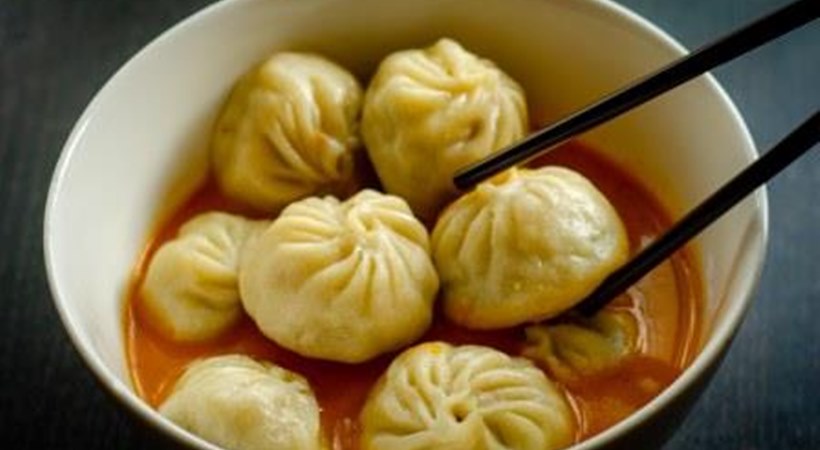
Image Credit: Markus Altiparmakyan
I was mesmerized by what I saw and the air I breathed, and my only worry was my doubt if I could contain my overloaded built-in memory. Look back; those were the time we didn’t have a mobile, what to speak of selfies and action cams. The camera lens was god made, and memory hidden somewhere deep inside you.
Bagrakote to Mal Bazar was a short ride of twenty kilometres where my yet to meet colleagues were waiting for the lost wanderer.



